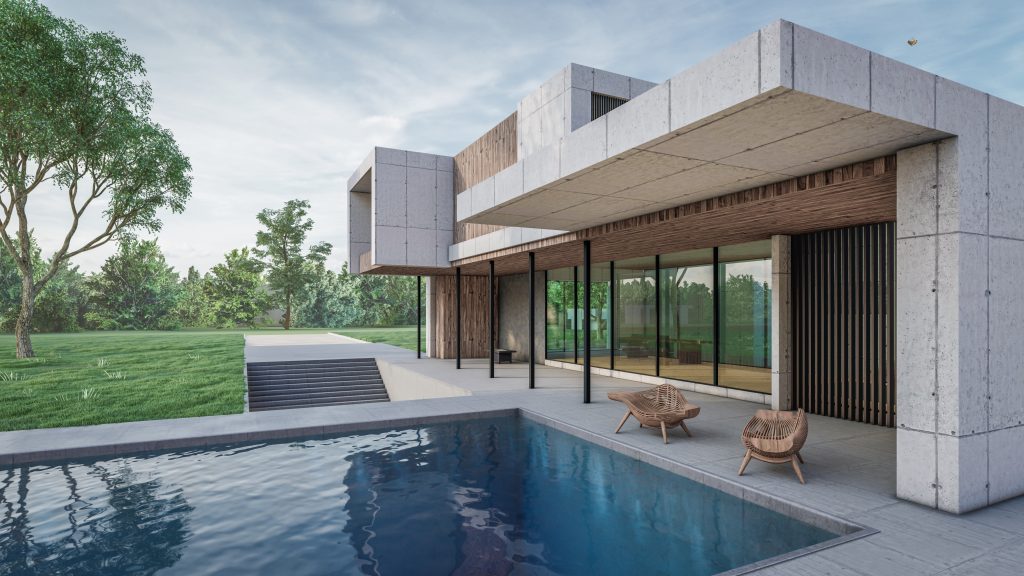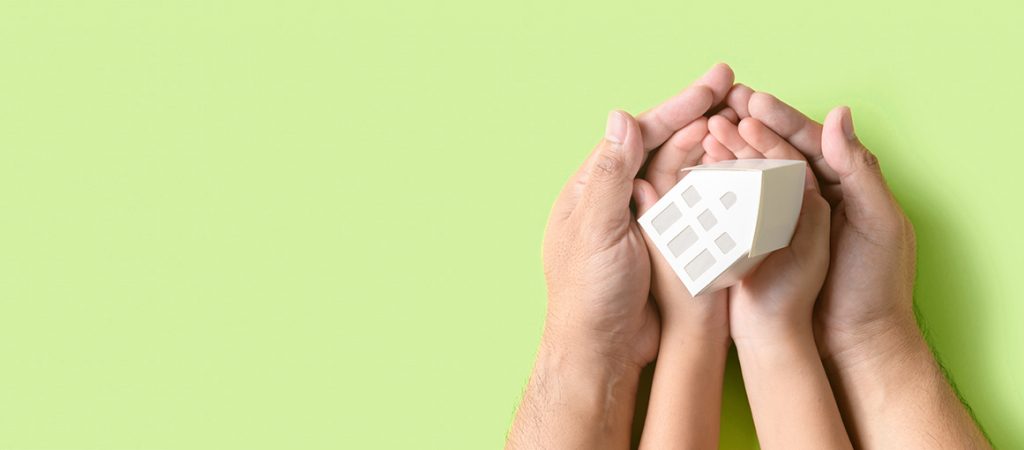The desire to live a sustainable lifestyle has become a popular practice and created a demand for environmentally friendly housing and products. To meet this consumer demand, architects and contractors are incorporating green design and technology into their projects. We’ve listed three beneficial building products for promoting sustainability within residential homes and commercial buildings.
Gray water reclamation systems
It was estimated that in 2015, America used approximately 322 billion gallons of water each day. The average U.S. household uses 280 gallons of water per day. Of this, 60-65% has the potential to be reused, but unfortunately, it rarely is. At the current rate of consumption, 1.1 billion people worldwide lack access to water, and if we don’t make a change two-thirds of the world’s population can face water shortages.
Gray water reclamation is one solution that allows occupants to get the most out of their water by taking water from showers, bathtubs, laundry, and bathroom sinks, then filtering it and reusing it in landscaping and toilets. This provides a sanitary secondary use for the water, relieving both the ecosystem and your water bill.
Here’s how it works
There are three different types of water that people regularly interact with: white water, gray water, and black water. White water is clean, drinkable water that comes into the home, like tap water. Black water is sewage water that has come into contact with fecal matter and cannot be used again due to the harmful bacteria, like the water from when you flush a toilet. Gray water has not come into contact with any fecal matter, but may have been used in washing machines, showers, and bathroom sinks. While gray water isn’t drinkable, it can be used in situations like gardening or in toilets. Particles in gray water can break down and be absorbed by the soil giving off nitrogen, phosphorus, or potassium. The ground acts as a colander and the dirt itself filters out the nutrients it needs.
Gray water reclamation systems work by diverting gray water to a surge tank. From there, the gray water is piped to an irrigation or water treatment center where it gets filtered and treated. The water is circled back through the system to be used for watering lawns or released back into nature. Gray water reclamation systems can be installed in any commercial or residential space to reduce water consumption and will be more energy-efficient and cost-effective.
Green roof
Green roofs are springing up on top of buildings everywhere, with layers of waterproofing and drainage under the beautiful growth of vegetation and plants. This natural integration is simultaneously sustainable, aesthetic, and beneficial for physical health. There are two primary types of green roofs: intensive and extensive.
Types of green roofs
All types of green roofs require a basic structure of vegetation supported by a growing medium, and layers for drainage, waterproofing, thermal insulation, and roofing supports. The roofing systems vary based on needs and abilities.
Intensive green roofs
Intensive green roofs can support deep, diverse ecosystems and provide high insulation. They can sustain small trees, flowers, and vegetation, while maintaining proper irrigation and drainage. Intensive green roofs can weigh 80-150 pounds per square foot and be more complex and costly.
Extensive green roofs
Extensive green roofs require low maintenance in comparison to intensive roofs because they have thin soil, need less irrigation, and are lightweight. With that, there’s less variety in plants and activities. Whereas intensive green roofs could be understood synonymously with a small garden, extensive green roofs are more natural, inexpensive, and require less knowledge seeing as vegetation sometimes can grow spontaneously.
Other benefits of a green roof
- Heat absorption: Green roofs absorb much of the sun’s UV rays by covering black rooftops, which are known to be one of the hottest surfaces in the urban areas. The vegetation’s absorption of heat also reduces the Urban Heat Island (UHI) effect that is dangerously prevalent in cities. This insulation is energy efficient as it cuts down on the amount of energy needed for air conditioning and moderating the temperature. This saves energy and money.
- Lasts longer: Not only do the plants absorb the sun’s UV rays, but they also protect the roof from other harmful elements. This results in roofs which last longer and require less maintenance, reducing material and financial costs.
- Water management: Plants can retain water and return it back to the atmosphere through the water cycle. Along with retaining rainwater, green roofs can reduce the flow of run-off water by up to 65% by absorbing and benefiting from the excess stormwater.
- Better air quality: Green roofs help improve air quality and reduce heat that gets trapped by traditional roofing materials. Through capturing pollutants and decreasing carbon emissions, plants can aid in mitigating the urban effects on the atmosphere.
- Aesthetic value: Green roofs add value to the building and community by adding beauty and diversity to the concrete jungle.
Overall, green roofs are an investment that’s worth it. The cost may be higher up front, but the financial, aesthetic, and environmental benefits make up for it in the long run.
Air purifier
Did you know that the air inside a home is two to five times dirtier than the air outside? In fact, indoor air pollution is responsible for about 1.6 million deaths a year. Air that remains stagnant can build up moisture, resulting in mold and other dangerous contaminants. Pet dander and dust can also negatively impact the air quality. These air quality risks can be incredibly harmful for the tenants of the house, if not addressed over time.
Air purifiers are a solution that pulls dust, pollen, and other contaminants out of the air, and also recycles air. Air purifiers are a system of fans that take the indoor air and filter it to remove contaminants. After removing the contaminants, the purifier releases the clean air back into the home.
More benefits of air purifiers include:
- Odor elimination
- Cutting down bacteria
- Allergy relief
- Prevents the spread of illness
Steps to sustainability
The rise of the sustainable lifestyle has brought forth a demand for spaces that incorporate green design, materials, and products. Gray water reclamation systems, green roofs, and air purifiers are three green resources that set a strong foundation when designing sustainable spaces. They meet the desires of environmentally focused customers and building occupants, while also providing economic, environmental, and aesthetic benefits.


